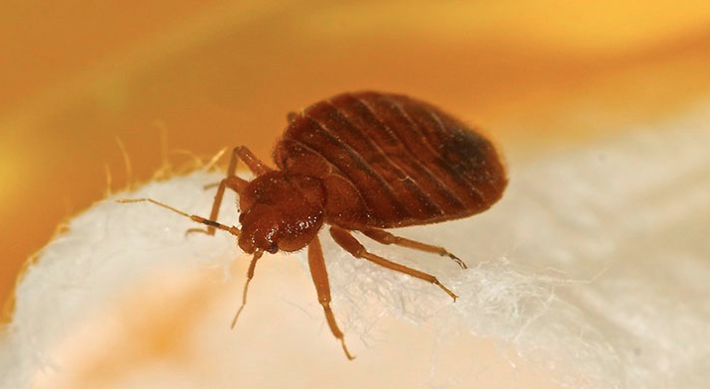New Research on Bed Bug Movement
Bed bugs are very clever in the way that they are able to move from home to home and there is still not a lot of research that has taken place into exactly how these pests are able to infiltrate. A new study from Rutgers however is showing all kinds of patterns of bed bug behavior. When and how often they move and exactly how they travel from home is home is just some of the information found in this study. By understanding bed bug behavior it is exponentially easier to prevent an infestation.
Rutgers University researchers, Drs. Richard Cooper, Changlu Wang, and Narinderpal Singh, investigated bed bug movement within and between apartments to see how far bed bugs moved in this setting. The report, titled “Mark-Release-Recapture Reveals Extensive Movement of Bed Bugs (Cimex lectularius L.) within and between Apartments” appears in the most recent issue of PLOS One.
An abstract follows:Understanding movement and dispersal of the common bed bug (Cimex lectularius L.) under field conditions is important in the control of infestations and for managing the spread of bed bugs to new locations. We investigated bed bug movement within and between apartments using mark-release-recapture (m-r-r) technique combined with apartment-wide monitoring using pitfall-style interceptors. Bed bugs were collected, marked, and released in six apartments. The distribution of marked and unmarked bed bugs in these apartments and their 24 neighboring units were monitored over 32 days. Extensive movement of marked bed bugs within and between apartments occurred regardless of the number of bed bugs released or presence/absence of a host. Comparison of marked and unmarked bed bug distributions confirms that the extensive bed bug activity observed was not an artifact of the m-r-r technique used. Marked bed bugs were recovered in apartments neighboring five of six m-r-r apartments. Their dispersal rates at 14 or 15 d were 0.0–5.0%. The estimated number of bed bugs per apartment in the six m-r-r apartments was 2,433–14,291 at 4–7 d after release. Longevity of bed bugs in the absence of a host was recorded in a vacant apartment. Marked large nymphs (3rd– 5th instar), adult females, and adult males continued to be recovered up to 57, 113, and 134 d after host absence, respectively. Among the naturally existing unmarked bed bugs, unfed small nymphs (1st– 2nd instar) were recovered up to 134 d; large nymphs and adults were still found at 155 d when the study ended. Our findings provide important insight into the behavioral ecology of bed bugs in infested apartments and have significant implications in regards to eradication programs and managing the spread of bed bugs within multi-occupancy dwellings.
Read more at: http://bit.ly/1LKbzQ8


